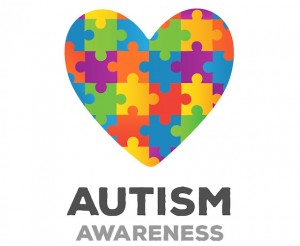
Visual difficulties can be very common in those with autism. Visual symptoms of autism may include lack of eye contact, staring, brief peripheral glances, side views and difficulty focusing. Those with autism might experience difficulty staying focused or paying attention as a result of eye movement disorders, lazy eyes and crossed eyes. Other common visual problems can include ignoring peripheral vision and becoming focused on a central point. Motor, cognitive, speech and perceptual abilities can also become affected when visual processing is impaired. If you have a child with autism, you may notice one or many of the symptoms listed above.
First, it’s important to determine what issues your child may be having. Vision for Life offers evaluations to decide what the best steps are for your loved one diagnosed with autism. Methods for evaluating the vision of people with autism vary depending on individual’s levels of emotional and physical development. An initial meeting with us will help to determine the level of testing most appropriate. Often, testing is done while the patient is asked to perform specific activities while wearing special lenses. These standardized testing methods are all nonsurgical and noninvasive, however; are very valuable during the assessment.
Depending on the results of testing, lenses to compensate for nearsightedness, farsightedness and astigmatism (with or without prism) may be prescribed. It also may be beneficial to begin optometric vision therapy, therapy designed to correct eye movements and visual-motor deficiencies. Sessions may include procedures designed to enhance the brain’s ability to control eye alignment, eye teaming, eye focusing, eye movements and visual processing.
How do Optometric Vision Therapies differ from surgical solutions? In Optometric Vision Therapy programs, developmental optometrists look at the neurological control system and treat the whole visual-motor system and altering reflexive behavior, which results in a lasting cure. At Vision for Life, visually defensive or visually hypersensitive patients will benefit from therapies that help them gain peripheral stability. It’s our primary goal to help our patients with autism process visual information better, and we know their overall experience will positively impact their life.
Interested in learning more about noninvasive, nonsurgical techniques that can help improve you or your child’s vision? Our office has experience evaluating and treating individuals with autism, successfully using vision therapy as a treatment option. Contact us today at 618-288-1489 to discuss treatments and therapies best suited for your family, or visit us online or you can find us on Facebook.